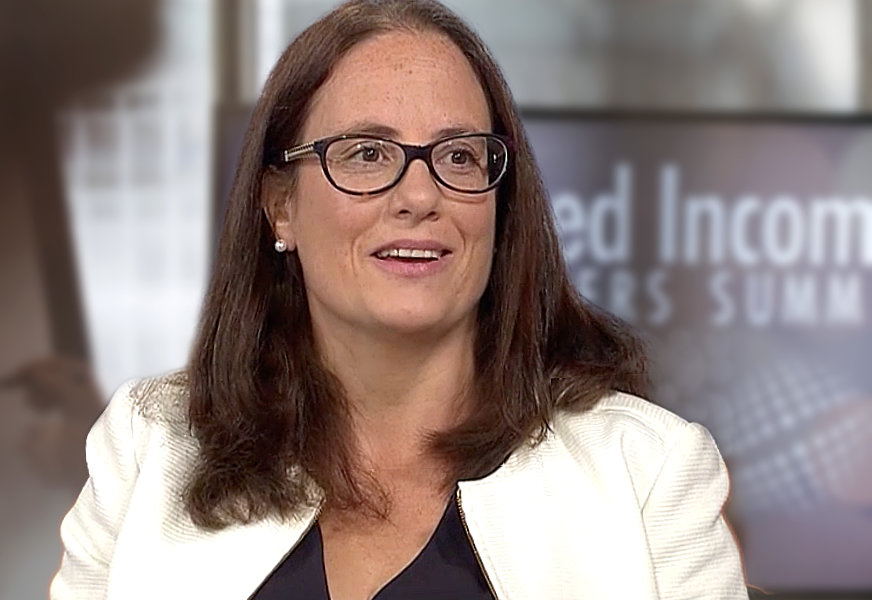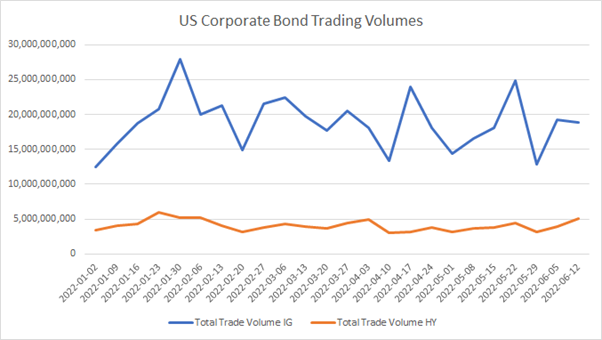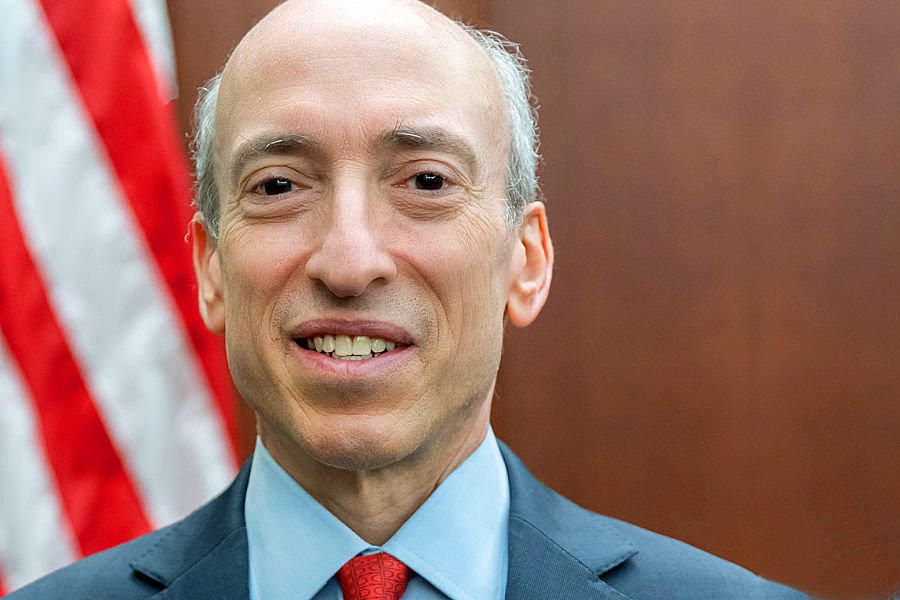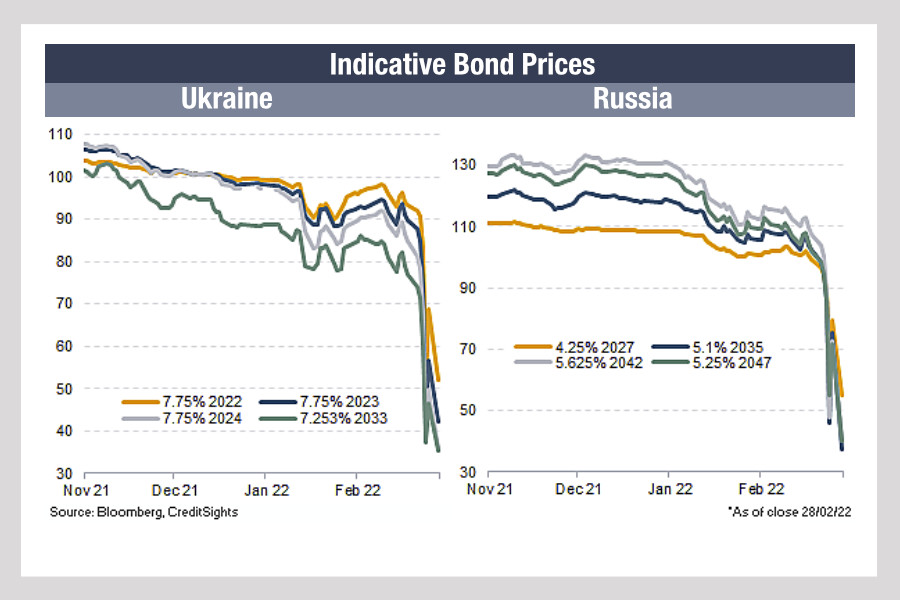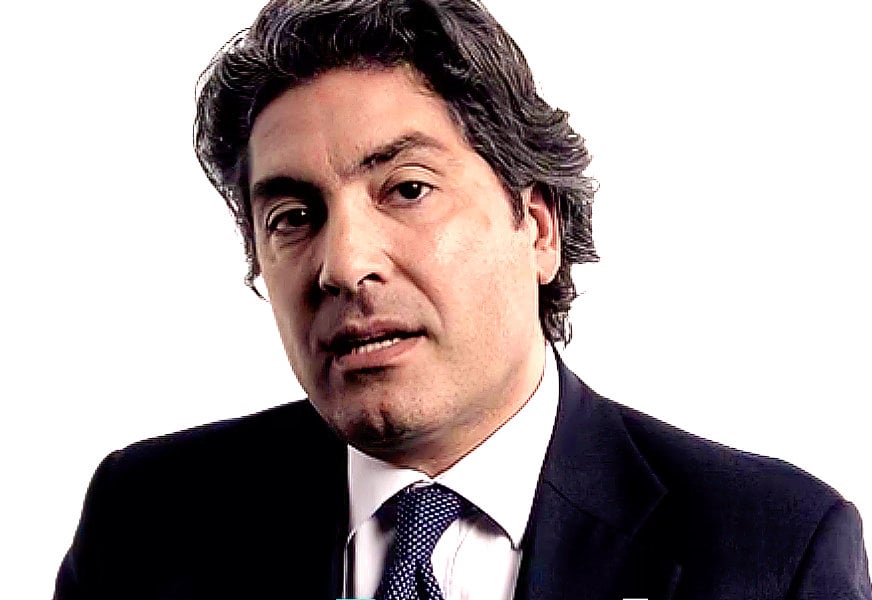The chairman of the Financial Services Committee in the US House of Representatives, Jeb Hensarling, has formally introduced the Financial CHOICE Act, a proposed alternative to the 2010 Dodd-Frank Act.
“The Financial CHOICE Act guarantees that the era of big bank bailouts and ‘too big to fail’ is over. For banks that fail, there will be bankruptcy, not bailouts,” said Hensarling. “In order to qualify for much-needed regulatory relief, financial institutions will have to be so well-capitalised that they pose no threat to hardworking taxpayers or to our economy.”
It will repeal sections and titles of the Dodd-Frank Act, including the Volcker Rule, that the proposal says ‘limit or inhibit capital formation’. The Volcker rule limits participation by deposit-taking institutions in proprietary trading and investments that are considered ‘risky’ such as hedge funds.
The Volcker Rule has been blamed by Hensarling for the loss in liquidity in US corporate bond markets, although a hearing on 29 March found there was not one cause for reduced liquidity.
The Financial CHOICE Act also proposes to retroactively repeal the authority of the Financial Stability Oversight Council (FSOC) to designate firms as systematically important financial institutions (SIFIs), and repeal ‘Title VIII’ of the Dodd-Frank Act, which gives the FSOC authority to designate certain payments and clearing organisations as systemically important ‘financial market utilities’ (FMUs) with access to the Federal Reserve discount window, and retroactively repeal all previous FMU designations.
According to Hensarling, the Act will end taxpayer-funded bailouts of large financial institutions; impose tougher penalties on those who commit financial fraud and insider trading; demand greater accountability from Washington regulators, and relieve well-capitalised banks from ‘growth-strangling’ regulations.
Further details of the proposal can be found in the executive summary here.

























